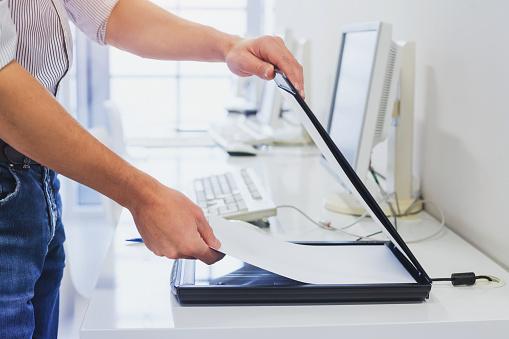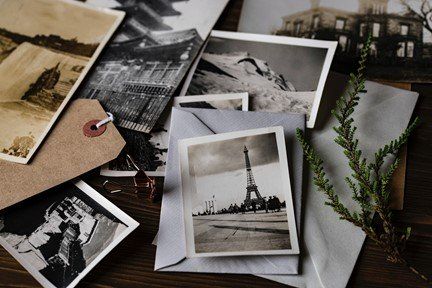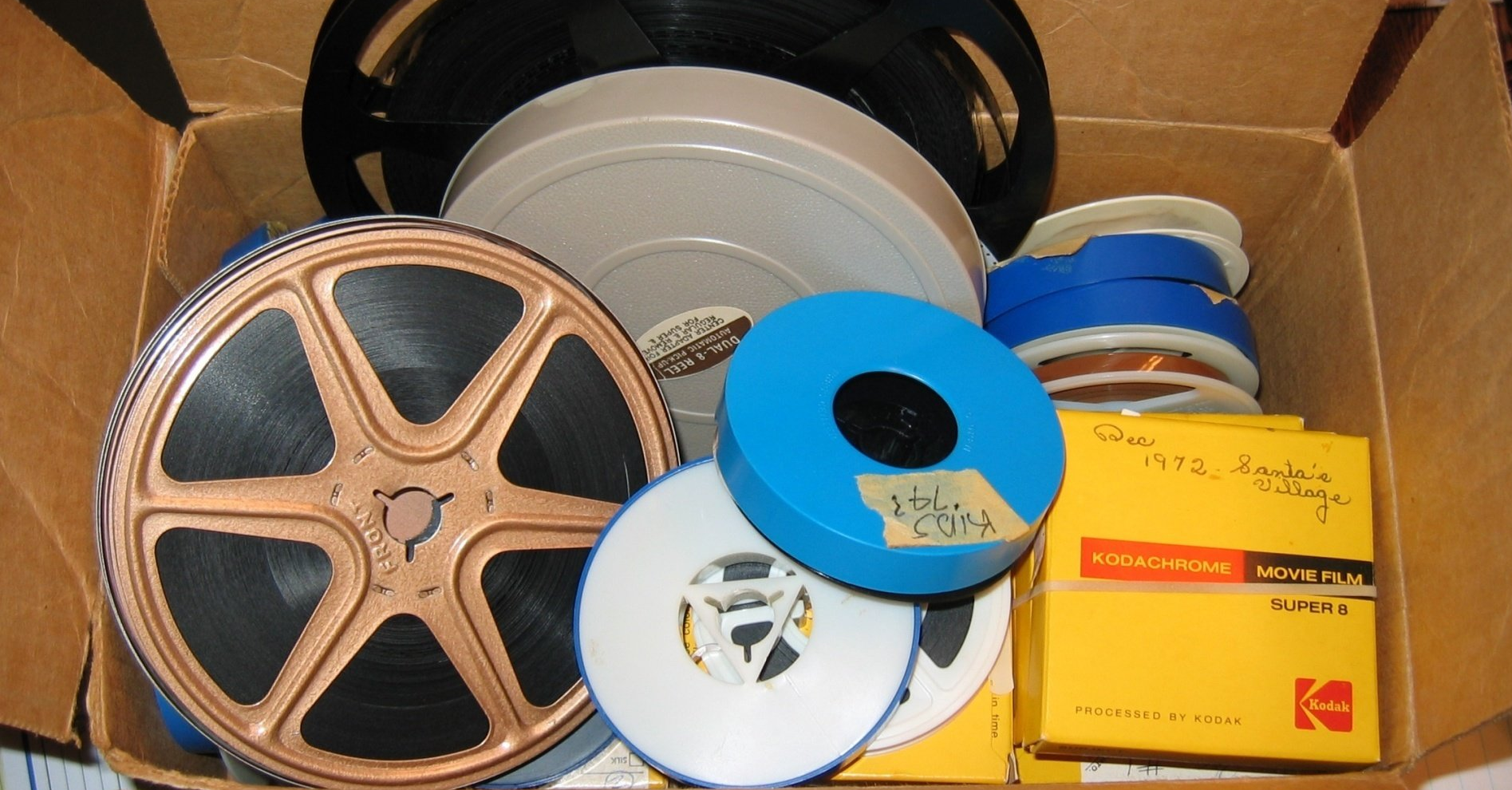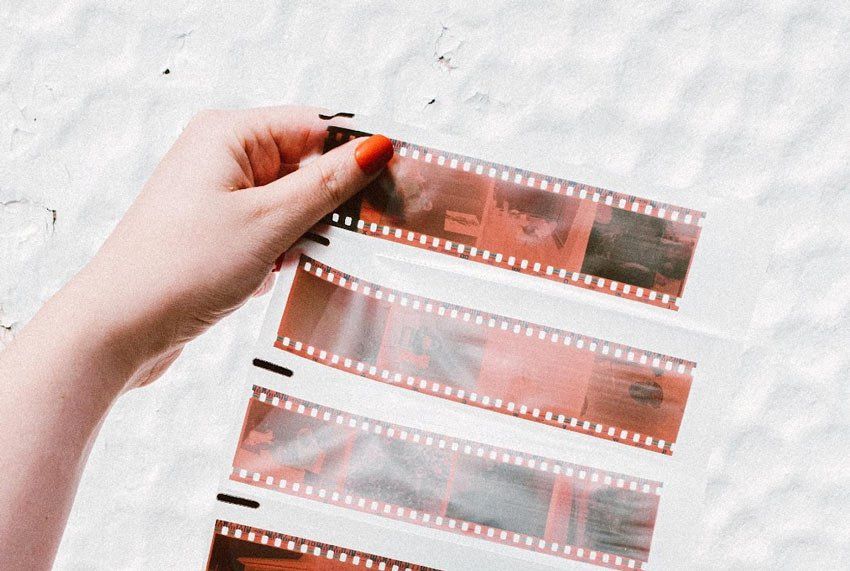What is Super 8 film?
Kodak released Super 8 in 1965 and is known for revolutionizing amateur filming by making the ability to create home movies accessible for everyone.
Super 8 format is nominally 8 mm wide and comes in plastic light-proof cartridges loaded with 50 feet of film, which is enough film for 2.5 minutes of professional motion picture standard shooting or 3 minutes 20 seconds of continuous filming for amateur use.
Before Super 8, it was much more difficult to make home movies because the only option was to use 35mm film which was expensive, complicated, and dangerous due to its high flammability.
Super 8 introduced a much cheaper and accessible option, and once it was released, it spread like wildfire throughout the 1970s and ‘80s. In fact, Stephen Spielberg claimed much of his success is due to his use of this type of film when he was a kid. He said that it was an inexpensive way for him to create movies.
Super 8 in the ‘70s and ‘80s
Spielberg wasn’t the only one who became obsessed with Super 8 during the late 20th century. Home movies boomed throughout the ‘70s and ‘80s due to the lower price tag and easier accessibility that Super 8 offered.
The original Super 8 cameras only allowed people to record silent movies. In 1973, however, Kodak introduced magnetic strips, which gave people the opportunity to record sound alongside the images.
When new technologies like the VHS camcorders came out, the use of Super 8 film cameras declined. Eventually, Kodak decreased the production of Super 8 cameras and then eventually ceased it altogether. You can still buy it, but only in select photography stores.
5 interesting facts about Super 8 film format
1. There are still four types of film made for Super 8 cameras, but Kodak no longer makes the cameras.
2. Filmmakers still use Super 8 for commercials, small films, and music videos as a more affordable alternative to HD video.
3. It is named Super 8 because of its 8-millimeter width, and “super” because it is considered an improvement of the variation before it, which was a “regular 8.”
4. The film was made using Kodachrome, a type of color film that was popularized by the motion picture industry and was also used by professional and amateur photographers.
5. There are mobile apps nowadays that allow you to adjust the lens and filter to achieve the same grainy, nostalgic effects that Super 8 created.
How to preserve Super 8 Film with video transfer service
If you’re one of the many who has a collection of home movies from the ‘60s, ‘70s and ‘80s, you should consider digitizing it because film degrades over time. The good news is, it’s possible to transfer this film to a digital form and cherish it forever using a video transfer service. Gather your 8mm, 16mm, or Super 8 film and bring it to Keepsake Family Tree Video, where we will complete the digital transfer for you.
Our services are unique in that they are 100% in-house, meaning we don’t ship your film off somewhere else to be transferred, which increases the likelihood of losing the film along with the precious memories they hold. You can trust us to digitize them and safely return them back to you in a USB thumb drive.
In addition to transferring 8mm, 16mm, or Super 8 films, we can also transfer your photos, slides and negatives, VHS, camcorder tapes and DVDs, and records or cassettes.
For more information about how you can preserve your film and photos, visit our website.
Our Recent Post








